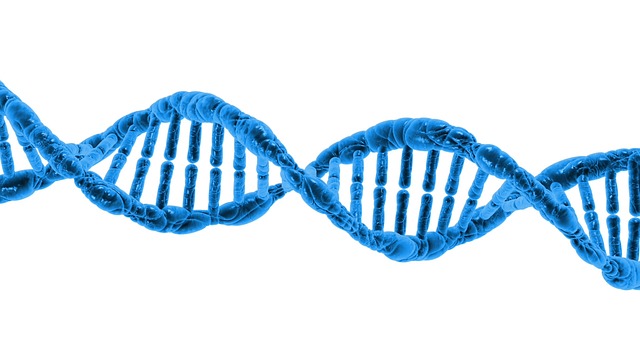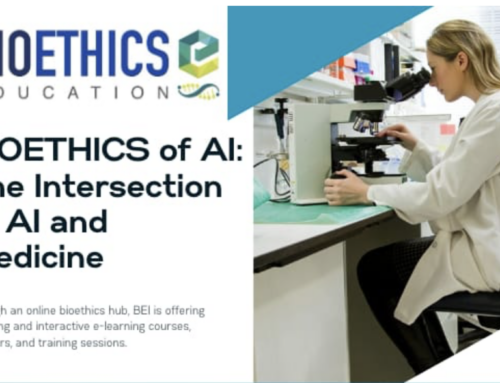By Remy Servis
Bionic, genetically modified “super-humans” have always seemed like a concept of the far future to our common culture’s understanding of evolution and human development. However, with research on altering the human germline becoming more and more prevalent in the scientific community, the possibility of such a being is not as far away as one would expect.
In an article released by the Office of Science and Technology Policy of the White House, the administration expressed support for an international convention taking place this fall to address the implications of intervening in genetic makeup. Led by the National Academy of Sciences and the National Academy of Medicine, the conference will assemble researchers and other experts in the field to discuss the progress that this field of research has made in the last 30 years. While the advances that have developed have been truly remarkable, it is important to be aware of the influence that altering genes in their formative stage could have on the ethical constraints of research.
In other words, intervening in the human germline means that researchers can directly alter human heredity by tampering with the genetic material in human sex cells, eggs and sperm. These cells are the vehicles for passing on traits and characteristics from generation to generation as humans reproduce. If scientists can have a direct hand in choosing which traits a human embryo will have, it evidently follows that genetic intervention could be deployed with seemingly beneficial motives: to eradicate congenital disease, provide protection against future infection, and minimize the effects of natural body processes like aging. However, a closer look reveals that interfering in genetic makeup could have disastrous ethical implications, such as families in the future trying to engineer “designer babies” with the most desirable physical and personality traits. Discrepancies in financial access to these services could facilitate the emergence of a classist hierarchy with the rich, more genetically “able” children at the top of the pyramid. This idea is obviously problematic, and so there must be steps taken now to ensure that genetic intervention research proceeds cautiously and within acceptable ethical boundaries.
Of course, the effects of germline alteration can only be speculated about and could never be fully studied until multiple generations inherited any initial changes made—but perhaps that is not a risk the scientific community is willing to take at this time. While the White House certainly endorses and encourages further discussion on these implications, they are clear in affirming their belief that germline alteration for clinical purposes should not be pursued.
To read the original article, click here.







